We began our tour of Evergreen Plantation (4677 Highway 77, Edgard, LA) on the back side of the property where a double row of 22 slave cabins still remain in their original location. 103 slaves were housed here during the plantation’s hey-day. After emancipation, the cabins continued to be inhabited until 1944. Under the Code Noir (Black Code), slave owners were required to “clothe, house, and feed” their slaves, and EVERYBODY ate off the land. The cabins were about 12′ x 24′ with 2 families in each one.
A list displayed in this section of the property, accounts for each slave living there in 1835 by their names, their work on the plantation and their monetary value. We have this list because of an inventory required of the owner when he almost went bankrupt and had to compile a financial statement.
The Creole way of life was overwhelmingly Catholic, so the slaves were required to be baptized as infants whether they continued to practice Catholicism or not. In this environment, voodoo and Catholicism were very similar. (Just as a sidenote, Steve and I witnessed a similar situation during our first mission trip to Brazil back in 1990. There was a heavy infiltration of spiritism into the practices of the Catholic church).
House slaves slept in cabins much closer to the house and may have appeared to have an easier life, but, in fact, they were at the beck and call of their masters 24 hours a day, seven days a week and didn’t have the privacy of the “back slaves.”
The big house was built in 1790 as a Creole-style house, but it was changed to a Greek Revival style in 1832. At that time the front double staircases were added. Greek Revival style is all about symmetry and balance. The inside is STILL Creole style.
We were not able to see all of the rooms on our tour because “Roots, the Remake” was being filmed. When movies want to film scenes on these plantations, they are generally welcome because the income helps to maintain the property.
After this tour, we continued down River Road and found B & C Seafood, owned by Thomas Breaux. The food was authentically Cajun, prepared by Cajuns to be eaten by Cajuns. Delicious! I highly recommend this very cultural experience. You might want to brush up on your French before you walk in. You are sure to hear it spoken by many of the patrons dining around you. Check out their website.
Read more in this article I wrote for Trip101.com.
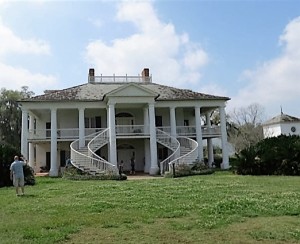
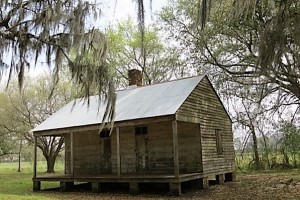
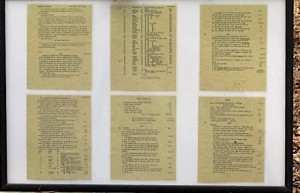
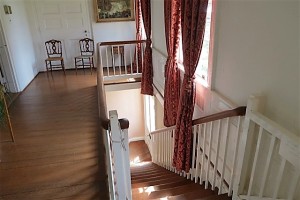
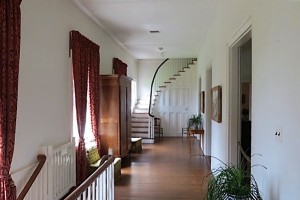
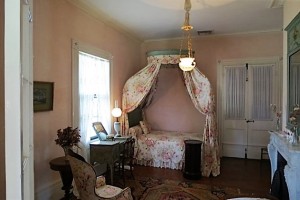
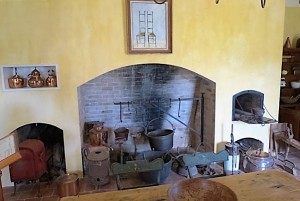
Leave a Reply